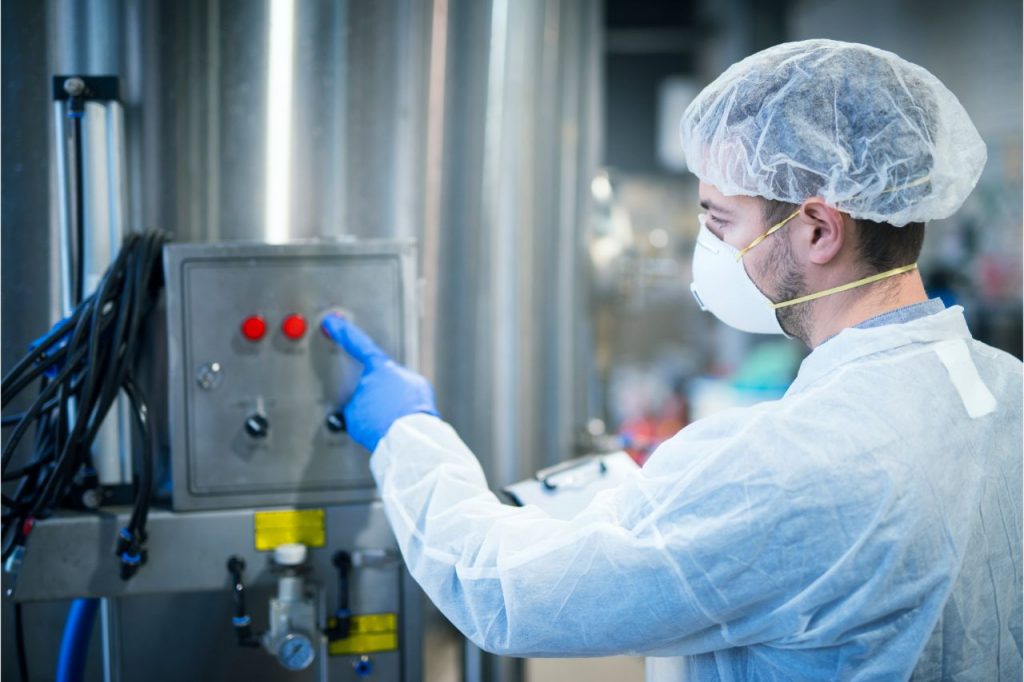How can you ensure injection molding quality?
- Use well-designed molds
- Incorporate plastics with a low shrinkage rate
- Make the wall thickness consistent
- Change the location of the gates
Like many manufacturing processes, injection molding has its own share of errors. This is why plastic injection molding in China or anywhere for that matter, see to it that they understand the basics of how to ensure injection molding quality. Several scenarios can happen during the injection molding process which could not only lead to a failure in design, but also inability to meet specified tolerances. Such issues can arise from the design of the mold, rate of shrinkage of the resin, consistency of wall thickness, injection molding speed, and the like.
Although most plastic molding issues only have negative implications regarding the design of the final part, injection molding firms do everything they can to not leave this to chance. Throughout every step, process, and component involved in an entire injection mold operation, they have to use well-designed molds, the right resin for the job, or simply optimize the gate location. Doing all of these is crucial in order to make sure that a single cycle time for any type and capacity of an injection molding process is free from defects. Read on to learn more.
Use Well-Designed Molds
Much of the success of any injection molded plastic part depends on the design of the mold. As mentioned before, a poorly designed mold can also cause low tolerance in the entire molding process. No matter how feasible the part design is, having it manufactured with the use of a substandard mold can result in poor outcomes, time-consuming post-processing, and high costs.
Knowing all of these, plastic making or molding firms make use of only the highest-quality molds in their processes. In the development of molds, manufacturers make use of only durable metals or alloys, such as steel, stainless steel, pre-hardened steel, or aluminum.
It’s generally considered that the more expensive the mold material is, the better the part quality. While this may affect the affordability of the design, it’s overall a much better investment in the long run. It also provides lasting value to any injection mold machine, because the mold has a longer shelf life and is more capable of withstanding impacts, elements, and extreme environmental conditions.
Incorporate Plastics With A Low Shrinkage Rate
Not all plastic resins are built the same, which is why this is another crucial factor in the plastic manufacturing process. In particular, plastic production firms have to consider the shrinkage rate of the type of resin that they use. After the molten resin is heated and adapts to the shape of the mold, it will be left to cool before it is ejected from the machine. As the resin switches from two different forms of matter — from liquid to solid — the crystalline structure begins to alter, even long after the part has been ejected, stored, and distributed for use by the end-consumer.
With this understanding, plastic injection molding companies try to use resins that have a low rate of shrinkage, expressed in percentages (%). Some examples of these include ABS (acrylonitrile butadiene styrene), amorphous TPI, HDPE (high-density polyethylene), and CPVC (chlorinated polyvinyl chloride), among others.
In some cases, manufacturers may also consider which fillers, additives, and pigments to mix in with the resin pellets. Some of these additions, while they may improve the resin’s properties with creep resistance, and stiffness, do contribute to an increase in shrinkage.
Make The Wall Thickness Consistent
Changes in wall thickness also affect the behavior of the resin as it takes the shape of the mold. Thin-walled molds can create a number of problems for the final part. For one, filling the thin or narrow area in a mold may require a significantly higher pressure. Not only does this alter the injection speed, but also causes internal stresses on the part.
Another reason is that thin walls may usually lead to the creation of flash or unwanted or a thin layer of excess plastic on the sides. Removing this unwanted material can be costly and may even be detrimental to the finished part in the proces.
To reduce the likelihood of this defect from occurring, injection molding companies try to adjust and increase the wall thickness of the mold, even by a few margins or 1mm or as required to fulfill the part. With a more consistent thickness throughout the mold system, stress is reduced in different areas, making the mold more efficient and much more manageable.
Change The Location Of The Gates
The gate is the part of the mold where the resin flows through before it reaches the mold cavities. Oftentimes, this is also referred to as the “boundary” between the plastic part, and the scrap resulting from the gates.
Keeping this in mind, the gates need to be strategically located throughout the mold system away from obstructions and other small components that can block the flow of resin. They are best added in the mold’s deepest cross section in order to enhance the flow and eliminate voids and sink marks.
Key Takeaway
Ever wondered how injection molding companies have figured out how to ensure injection molding quality? The key is by looking into several factors that influence part quality — from the location of the gates, type of plastic, and even the thickness of the walls. Optimization of all of these is crucial to any successful injection mold operation.
With that said, make sure that you collaborate with Richfields Plastics — the leading plastic injection molding firm. We offer plastic injection molding in China, as well as other prototyping and manufacturing services to meet all your plastic needs. Click here to get in touch with us!
